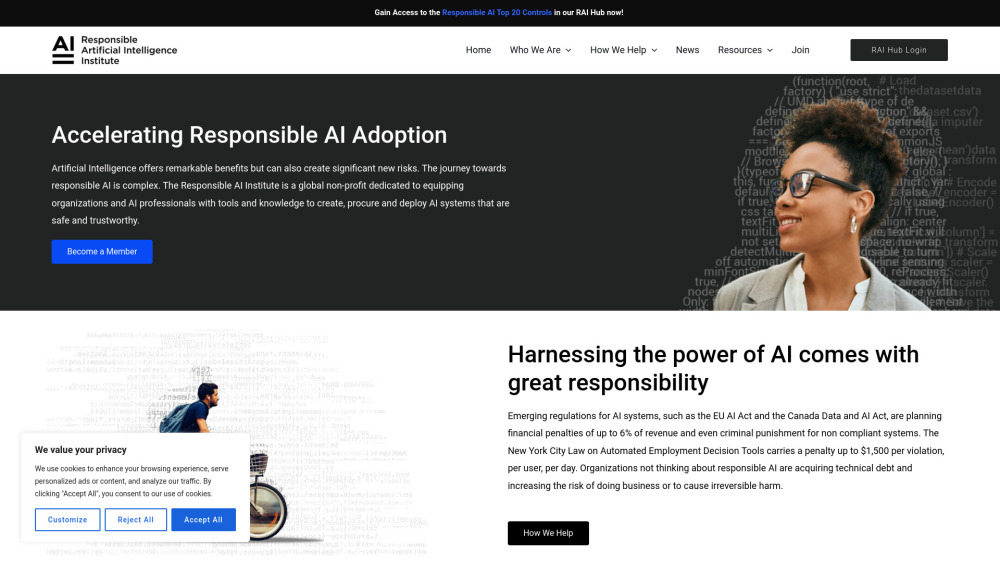It's hard to challenge Nvidia CEO Jensen Huang's assertion that “Building foundation models for general humanoid robots is one of today’s most thrilling challenges in AI.” Currently, the humanoid robot sector is a hotbed of debate, amassing significant venture capital while fostering skepticism in equal measure.
Naturally, Nvidia aims to seize this opportunity. As a leading player in AI hardware, the tech giant is positioning itself as a catalyst for robotic innovation through initiatives like Isaac and Jetson. During its recent GTC developer conference, Nvidia introduced Project GR00T, a name that may playfully nod to Marvel’s beloved character, the talking tree.
Nvidia describes GR00T as “a general-purpose foundation model for humanoid robots.” Essentially, the company is creating an AI platform targeted at the growing roster of humanoid robot developers, including notable firms like 1X Technologies, Agility Robotics, Apptronik, Boston Dynamics, Figure AI, Fourier Intelligence, Sanctuary AI, Unitree Robotics, and XPENG Robotics. This initiative encompasses nearly all prominent humanoid manufacturers—Tesla being a notable exception.
Agility Robotics features prominently in Nvidia's announcement, highlighted by a quote from co-founder and Chief Robotics Officer Jonathan Hurst: “We are at a pivotal moment in history, with human-centric robots like Digit set to transform the workforce. Advanced AI will speed up development, making it possible for robots like Digit to assist in various aspects of daily life. We’re thrilled to partner with NVIDIA to enhance computing, simulation tools, machine learning environments, and other essential infrastructure, enabling our vision of integrating robots into everyday life.”
Sanctuary AI co-founder and CEO Geordie Rose also shared his thoughts: “Embodied AI will tackle some of humanity’s greatest challenges and unleash innovations currently beyond our imagination. This important technology shouldn't be developed in isolation, which is why we value long-term partners like NVIDIA.”
Moreover, Project GR00T will leverage new Nvidia hardware, including Jetson Thor, a computer specifically designed for simulation workflows and generative AI applications focused on the humanoid format. While I advise caution in labeling these machines as “general purpose” too casually, Nvidia's serious commitment validates this category and is expected to accelerate its advancement.
Regarding the new chipset, Nvidia announces:
The System on a Chip (SoC) features a next-generation GPU built on the NVIDIA Blackwell architecture, equipped with a transformer engine that achieves 800 teraflops of 8-bit floating point AI performance to run multimodal generative AI models like GR00T. With an integrated functional safety processor, high-performance CPU cluster, and 100GB of Ethernet bandwidth, it greatly simplifies design and integration efforts.
Although achieving a truly general-purpose system is still years away, facilitating access for third-party developers will significantly help bridge that gap.
This week's GTC robotics announcements also spotlighted two other key initiatives: Isaac Manipulator and Isaac Perceptor. For decades, manipulation has remained a cornerstone of robotics, initially led by large industrial robotic arms essential in automotive manufacturing. The coming generation will be even more agile and versatile, and Nvidia is eager to claim its share.
“Isaac Manipulator delivers cutting-edge dexterity and modular AI capabilities for robotic arms, featuring a comprehensive set of foundation models and GPU-accelerated libraries,” the company explains. “It provides up to an 80x speed boost in path planning and zero-shot perception, enhancing efficiency and throughput to help developers automate a broader array of robotic tasks.”
Nvidia has already attracted partnerships with key players in the field, including Franka Robotics, PickNik Robotics, READY Robotics, Solomon, Universal Robots, and Yaskawa.
Additionally, autonomous mobile robots (AMRs) are receiving attention through the Isaac Perceptor program, which continues Nvidia’s longstanding focus on vision processing for robotics. This initiative specifically targets "multi-camera, 3D surround-vision capabilities," with ArcBest, BYD, and KION Group among the initial adopters.
The coming years promise a fascinating competition for market dominance between humanoid robots and mobile manipulators, and Nvidia is determined to be at the forefront of this evolution.





